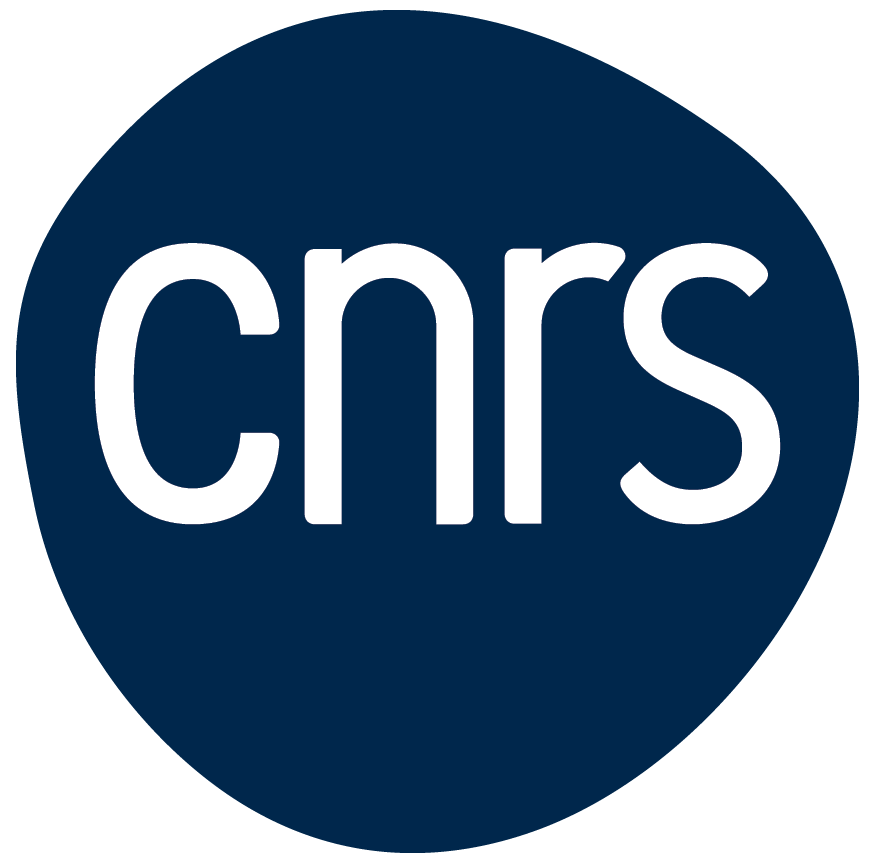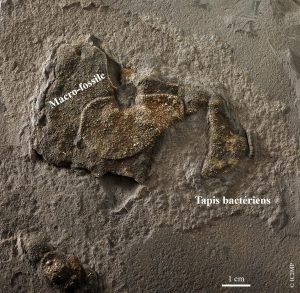The advantages: international visibility thanks to an ability to mobilize multiple skills (mineralogical, crystalllochemical, microstructural and geomechanical) for the study of clay environments and materials. It is undoubtedly this skill set that enabled the team to host in Poitiers the Master National Argiles and the Master Erasmus Mundus IMACS (International Master in Clay Science) under the responsibility of HydrASA.
The existence of a Hydrogeological Experimental Site (SEH) in Poitiers, which is one of the 7 sites of the National Network of Hydrogeological Sites (Observation Service H+ labelled by the INSU) also contributes to the national and even international visibility of the team.
The international visibility of the team has also increased since 2010 by the discovery by a core of researchers of HydrASA, fossils of the oldest known pluricellular organisms (2.1 Billion years) in a Gabonese sedimentary basin. Since then, HydrASA has been piloting an international program on the study of palaeoenvironments related to these primitive living organisms, the characterization of which will help to better understand the appearance of life on Earth.




